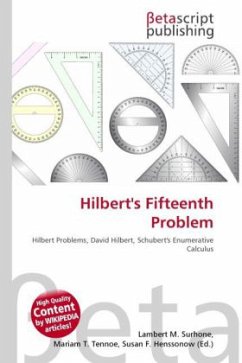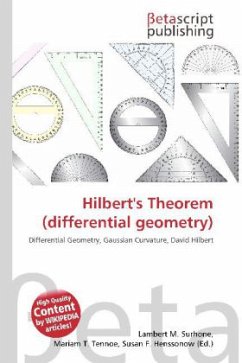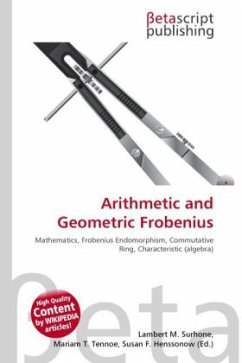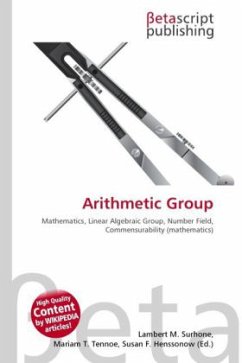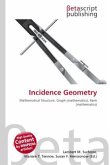High Quality Content by WIKIPEDIA articles! In mathematics, specifically in the area of hyperbolic geometry, Hilbert's arithmetic of ends is an algebraic construction introduced by German mathematician David Hilbert. Given a hyperbolic plane, Hilbert's construction yields a field with the ideal points or ends as elements of the field. (Note here that this usage of end is slightly different from that of a topological end.) In a hyperbolic plane, one can define an ideal point or end to be an equivalence class of parallel rays. The set of ends can then be topologized in a natural way and forms a circle. This is most easily seen in the Poincaré disk model or Klein model of hyperbolic geometry, where every ray intersects the limit circle (also called the circle at infinity) in a unique point. One thing worthy of note is that these points are not part of the hyperbolic plane itself.
Bitte wählen Sie Ihr Anliegen aus.
Rechnungen
Retourenschein anfordern
Bestellstatus
Storno


